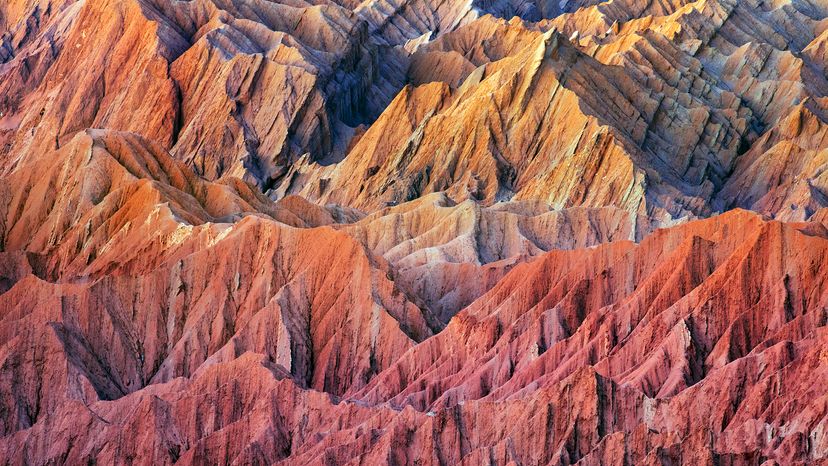The Atacama Desert has the distinction of being the driest place on Earth, but there are a number of other places that are similarly (but not quite as) arid. It may come as no surprise that the driest regions on the planet are typically deserts, where precipitation is extremely scarce.
1. McMurdo Dry Valleys
Although the McMurdo Dry Valleys in Antarctica feature a landscape covered in ice and frozen soil, this polar desert also has extremely low humidity and experiences almost no rainfall. Situated west of McMurdo Sound, the area has an average annual temperature of minus 4 degrees Fahrenheit (minus 20 degrees Celsius) and an annual total precipitation just under 2.5 inches (6 cm).
McMurdo Sound is famous for being a base to British explorer Ernest Shackleton, who wintered there while trying to reach the South Pole between 1907 and 1909. His hut still stands there.
2. Sahara Desert
Located in North Africa, the Sahara is the largest hot desert in the world, with high temperatures regularly reaching 122 degrees Fahrenheit (50 degrees Celsius) during the hottest months. It stretches from the Atlantic in the west to the Mediterranean Sea in the north to the Red Sea in the east.
The desert receives an average of 3 inches (7.6 cm) of rainfall per year, with most of that occurring between December and March. Despite its extreme climate, about 2.5 million people live in the Sahara.
3. Sonoran Desert
Located in southwestern North America, the Sonoran stretches across parts of the United States and Mexico. In the area near the lower part of the Colorado River, the temperature can climb to 120 degrees Fahrenheit (49 degrees Celsius) in the summer, and the average rainfall doesn't exceed 3 inches (7.6 cm).
Common vegetation there includes various cactus plants, including saguaros, as well as mesquite trees and creosote bushes.
4. Arabian Desert
Stretching across much of the Arabian Peninsula in the Middle East, this tropical desert is a land of extremes. The region experiences extremely high temperatures, sometimes as intense as 130 degrees Fahrenheit (55 degrees Celsius).
While its annual rainfall can swing between nothing and as much as 20 inches (51 cm), on average, it receives less than 4 inches (10.2 cm) per year. Dust storms and torrential floods occur periodically, adding to the harsh environment.
5. Namib Desert
Considered to be one of the oldest deserts in the world, the Namib in southern Africa has experienced hyper-arid conditions for millions of years. Situated along Africa's western coast, the area receives very little rainfall, with inland areas receiving maybe 2 inches (5 cm) annually and the regions along the coast averaging half an inch (1.3 cm) per year.
Very few people live here, although inland, you can find elephants, rhinoceroses, lions and other mammals.
This article was created in conjunction with AI technology, then was fact-checked and edited by a HowStuffWorks editor.
